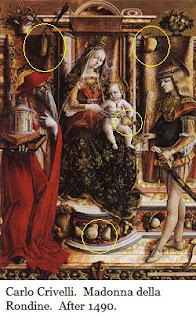Renaissance Painting Of Food
In this richly illustrated book gillian riley provides.

Renaissance painting of food. Through narrative and still life and from old world classics to pop art food roots an image in time and place. From prehistory to the renaissance by gillian rileyfrom giuseppe arcimboldos painting of the holy roman emperor rudolf ii as a heap of fruits and vegetables to artists depicting lavish banquets for wealthy patrons food and art are remarkably intertwined. Dishes consisted of many tastes all at once sweet salty sour bitter spicy.
Italian renaissance food like much of what was going on in other aspects of life encompassed every sensory experience possible. One of the real flagships of renaissance art the quality of the brushwork and the realism of the features in the painting make it a marvellous example to see. The renaissance painter who made fantastical portraits from food giuseppe arcimboldo painted surreal art unlike any of his contemporaries.
Ancient greeks and romans regularly depicted great banquets. The most celebrated aspect of this painting is the way that god and adams hands are almost touching which is a powerful image on human divinity to many. Italian renaissance painting is the painting of the period beginning in the late 13th century and flourishing from the early 15th to late 16th centuries occurring in the italian peninsula which was at that time divided into many political states some independent but others controlled by external powers.
The refinement of the renaissance food reached his climax in italy. Dutch and flemish renaissance painting represents the 16th century response to italian renaissance art in the low countriesthese artists who span from the antwerp mannerists and hieronymus bosch at the start of the 16th century to the late northern mannerists such as hendrik goltzius and joachim wtewael at the end drew on both the recent innovations of italian painting and the local. After his first war in italy imported the cookery and the gastronomic luxury of that country where the art of good living especially in venice florence and rome had reached the highest degree of magnificence.
Rosewater or sugar and cinnamon were commonly sprinkled on savoury food such as roast meats just before serving. The practice of depicting food and feasting stretches back through the middle ages to ancient greece and rome where banquets and bacchanals were consuming passions celebrated in literature painting and mosaics as. Food related symbolism was rife in the middle ages and equally powerful in the renaissance.
For hundreds of years images of food have predominantly been elaborately staged and somewhat misleading affairs. The painters of renaissance italy. History tells us the same.
































:no_upscale()/cdn.vox-cdn.com/uploads/chorus_asset/file/3910764/41144824rs.jpg)




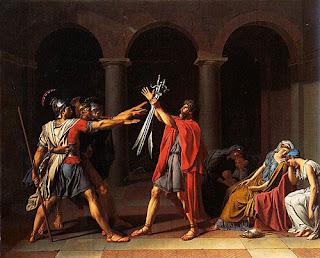



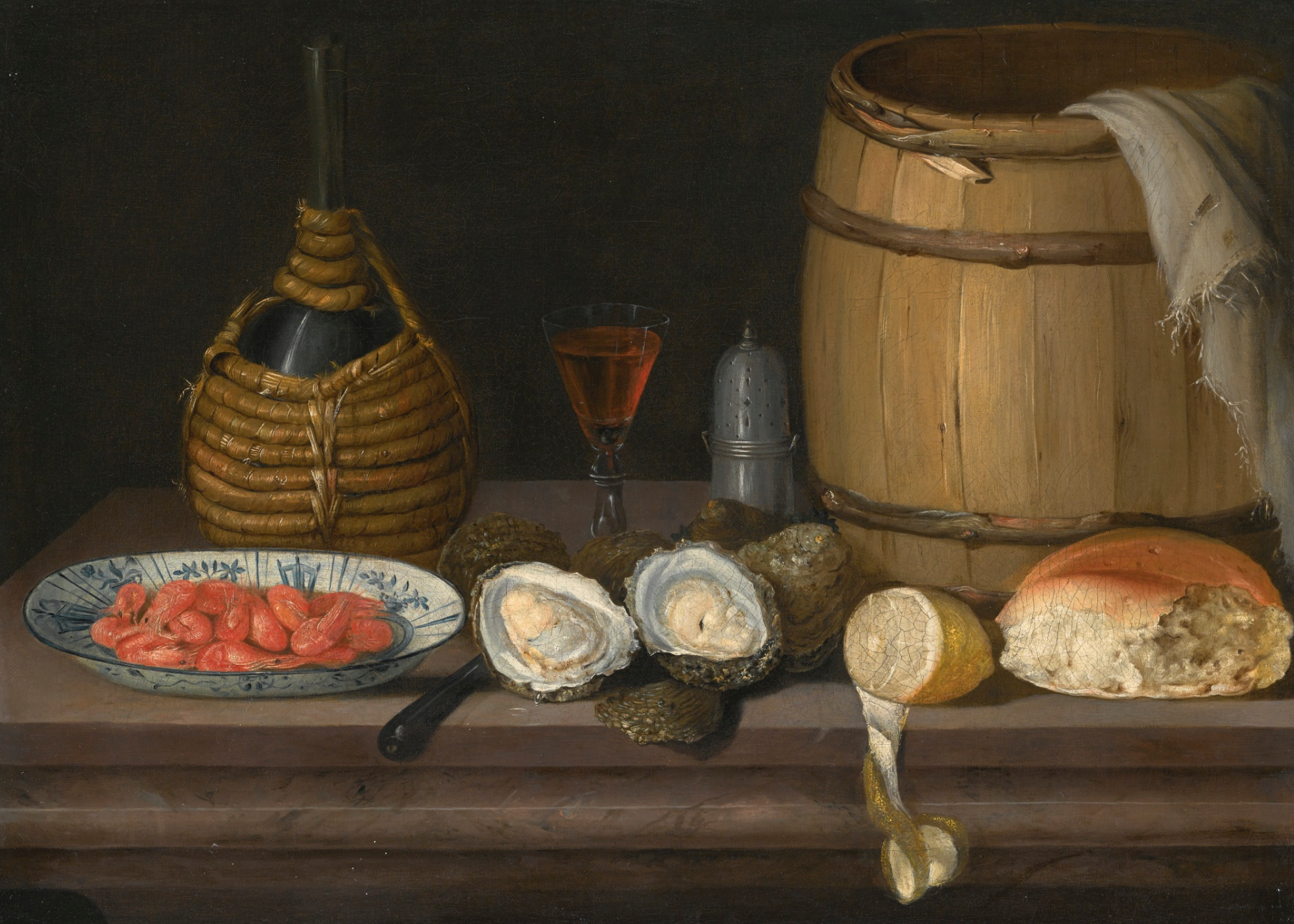











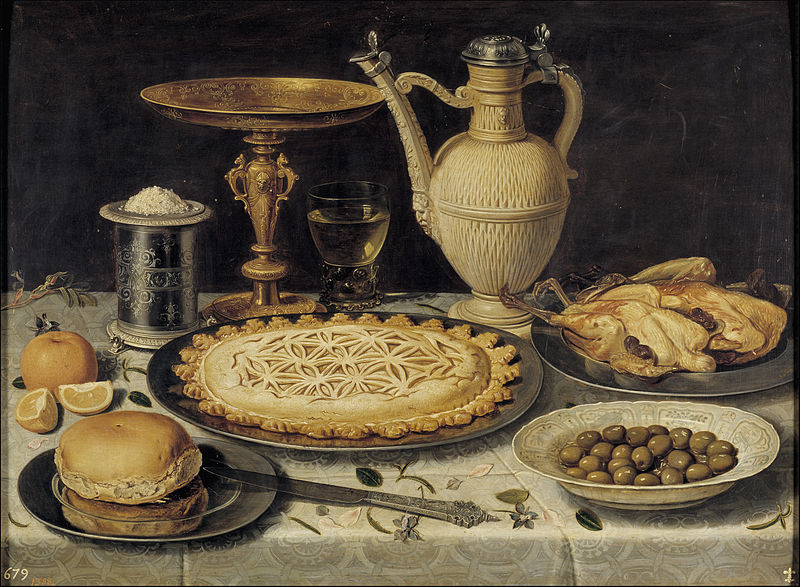

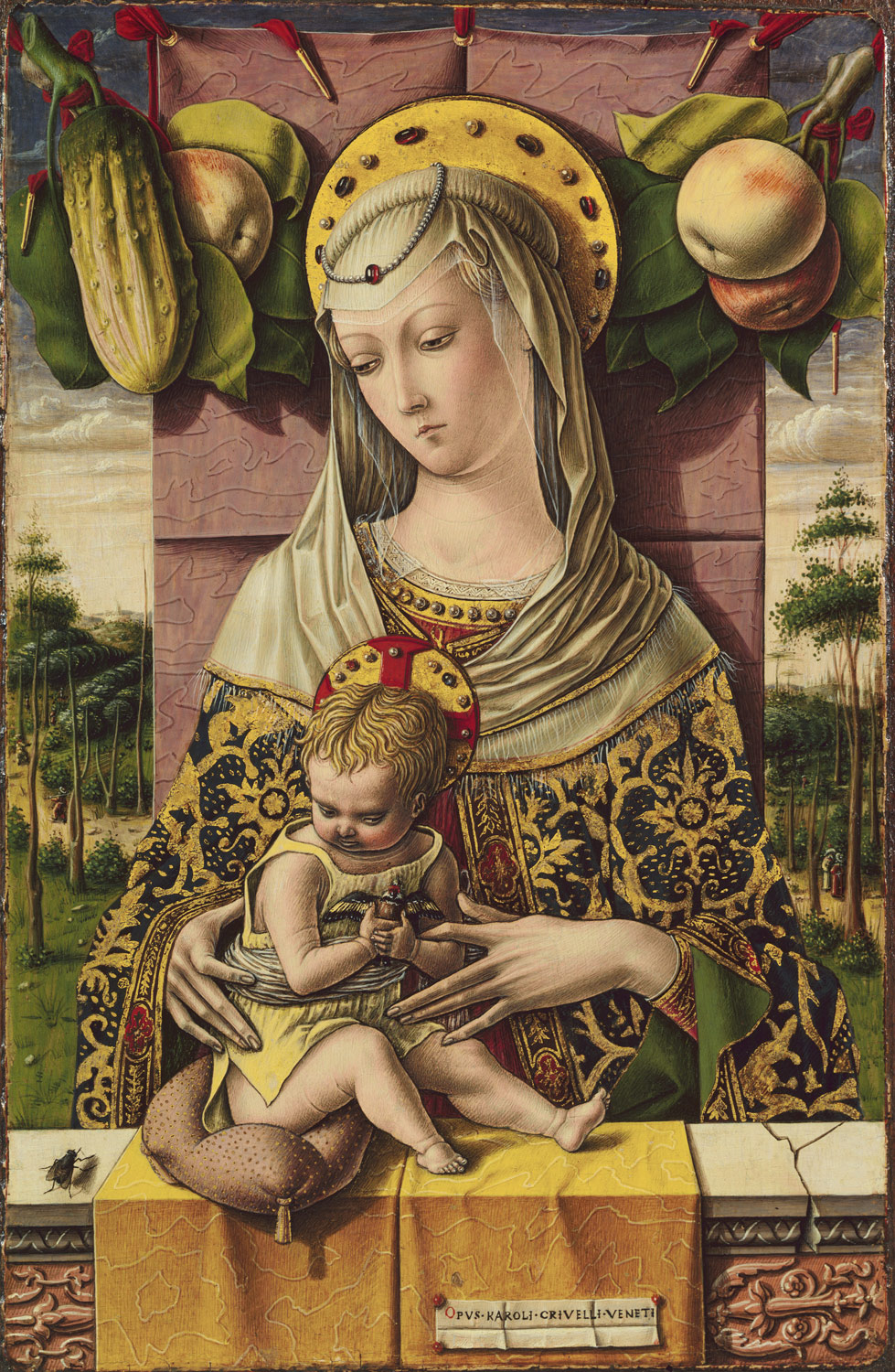














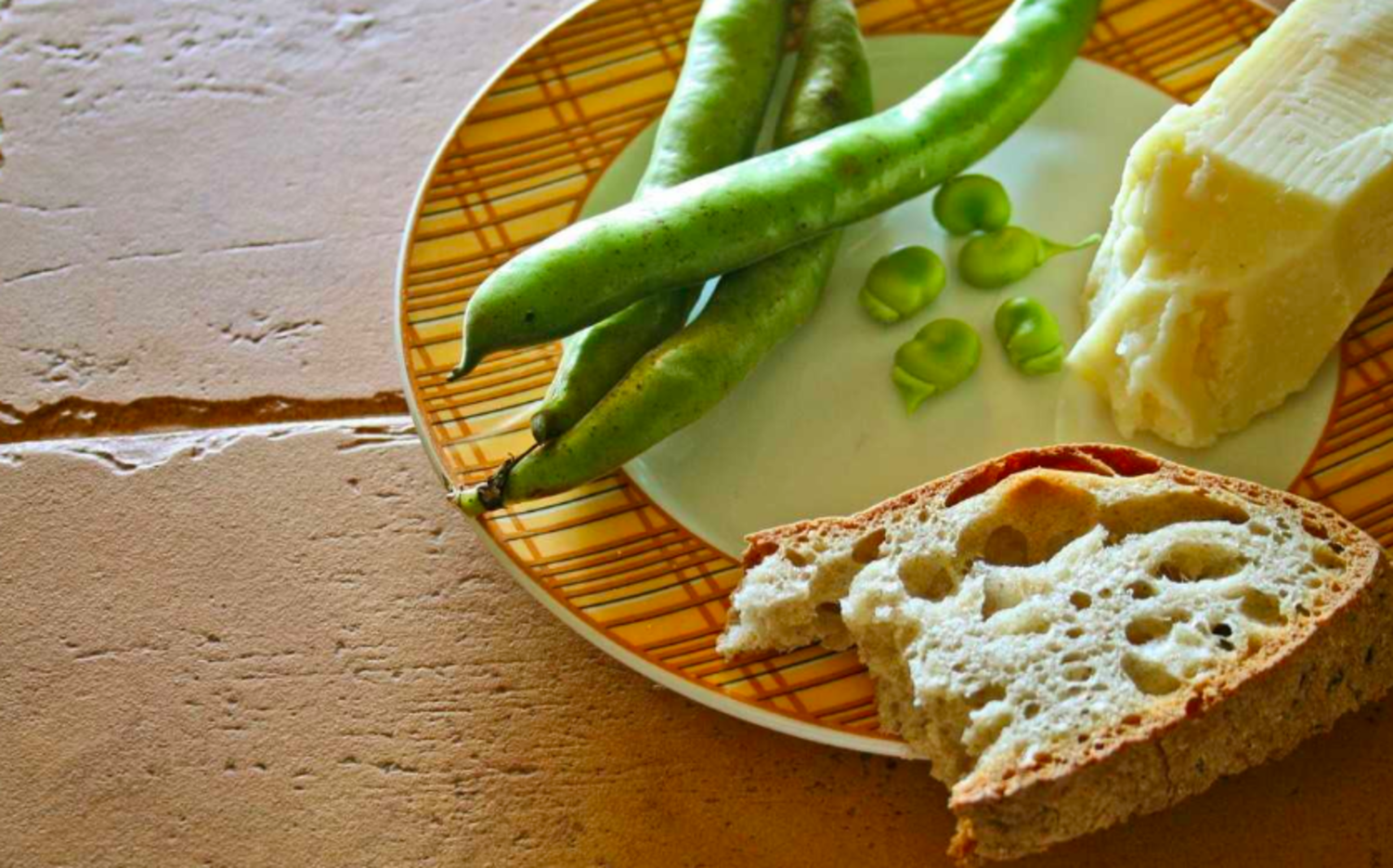







:max_bytes(150000):strip_icc()/the-fruit-and-vegetable-seller-oil-on-panel-56258314-58d727373df78c51626123ca.jpg)


:format(jpeg)/cdn.vox-cdn.com/uploads/chorus_image/image/46841772/41144824rs.0.jpg)
















